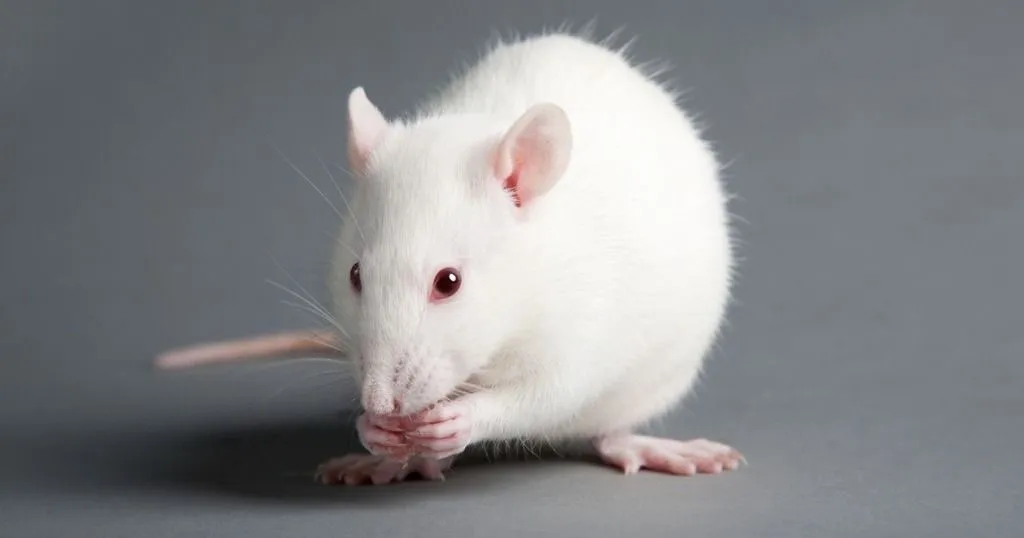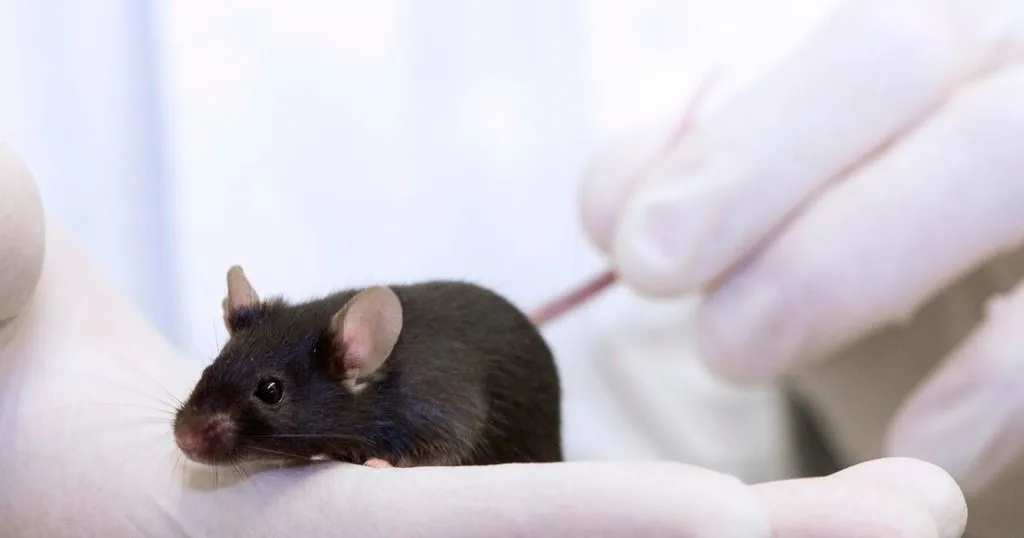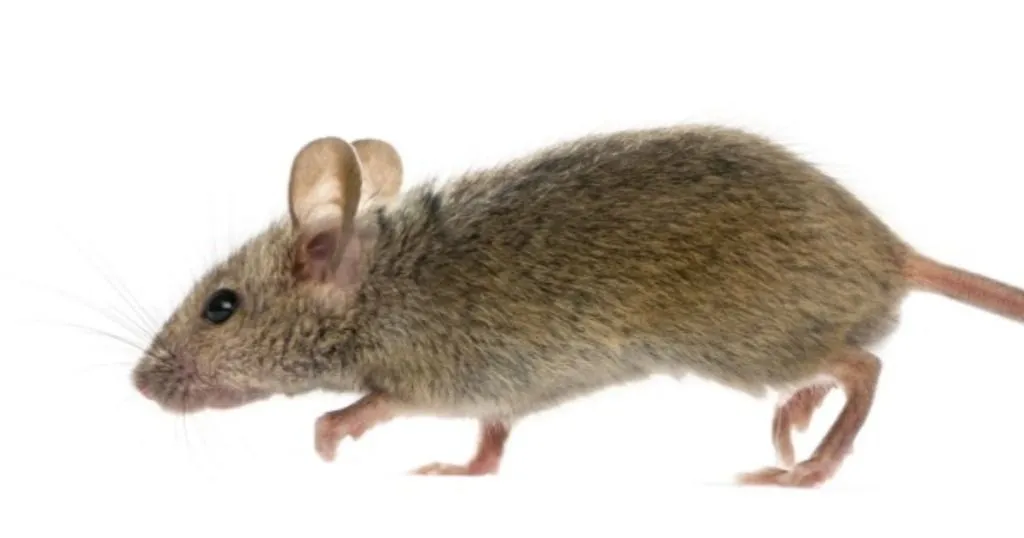Rat strain and sex matter in spinal cord injury research: insights from CatWalk XT
Researchers from the Central University of Michigan studied how different rat strains and sexes recover from spinal cord compression injuries, providing valuable insights into recovery variability and potential treatment consideration.
Posted by
Published on
Fri 04 Apr. 2025
Topics
| CatWalk XT | Gait Analysis | Locomotion | Spinal Cord Injury | Mice |

Spinal cord injuries (SCIs) are life-altering conditions that affect sensory, motor, and autonomic functions, including bladder control and sexual function. In the United States alone, approximately 305,000 individuals live with SCI, with an estimated 18,000 new cases yearly. Despite medical advances, no definitive cure exists, and treatments primarily focus on mitigating symptoms. To develop effective therapies, researchers rely on animal models that need to accurately replicate human SCI conditions.
A crucial but often overlooked factor in SCI research is the influence of biological differences such as strain and sex in experimental animal models. A recent study by Mojarad and colleagues (2025) at the Central University of Michigan highlights just how significant these factors are. Using CatWalk XT in their research, they aimed to determine how different rat strains and sexes recover from spinal cord compression injuries, providing valuable insights into recovery variability and potential treatment consideration.
LEAFLET: Why free walking is the superior method
When performing gait analysis, it is important that your animals behave as naturalistic as possible. In this leaflet, you'll learn about:
- The downsides of using forced gait
- Practical tips when using the CatWalk XT method
- How to get the best data for your publication
Study design: investigating the impact of rat strains and sexes in SCI recovery
The study utilized two common rat strains—Sprague-Dawley and Wistar—and included both males and females. The researchers induced SCIs by applying aneurysm clips at two severity levels: a moderate injury was mimicked by applying a clip with a 15-g closing force for 180 seconds and a severe injury was caused by a clip with a 60-g closing force for 60 seconds.
A total of 24 rats were tested with three animals in each strain/sex/injury severity category. Mobility was assessed pre-surgery (as a baseline), three days post-surgery, and then weekly for seven weeks. Three locomotor tests evaluated spontaneous recovery:
- Basso-Beattie-Breshanan (BBB) Scale: Observers score motor function based on a 21-point scale while rats moved freely in a container.
- Horizontal Ladder Rung Walking test: Rats crossed a nine-rung horizontal ladder, with researchers scoring paw slips over three trials.
- Noldus CatWalk XT test: A high-speed video system captured gait patterns on a transparent walkway, analyzing forelimb and hindlimb prints to assess movement patterns, coordination, and kinetic properties, based on three trials per test.
Key findings: strain and sex significantly influence recovery
The study revealed that recovery outcomes depended on rat strain, sex, and injury severity:
Moderate injuries: Sprague-Dawley rats recovered more effectively than Wistar rats, with females recovering faster than males. The BBB test showed clear differences in spontaneous recovery between strains and sexes, while the CatWalk XT system detected significant variations in gait parameters such as run duration, speed, and hindlimb print measurements between sexes, strains, and over time. The horizontal ladder rung test, showing about 50% paw slips, failed to reveal significant differences between groups.
Severe injuries: Recovery was generally poor, but females—especially Sprague-Dawley females—outperformed males in the BBB tests. The ladder test recorded approximately 80% paw slips but showed no significant differences between groups. The CatWalk gait analyses detected pre-surgery variations in step regularity and cycle between strains and sexes but found no significant post-surgery differences due to weak recovery after severe injuries.
These results suggest that certain rat strains might be more resilient to spinal cord injuries, and females tend to recover better than males, particularly after moderate injuries. This highlights the need for careful model selection in SCI research, as failing to account for these biological variables may lead to misleading conclusions.
| You may also like to watch this customer story about functional recovery in rat models of spinal cord injury.
The role of CatWalk XT in spinal cord injury research
Traditional locomotor tests like the BBB scale and the horizontal ladder test rely heavily on observer scoring, introducing potential biases and limited precision. The Noldus CatWalk XT system offers an automated and more objective method to analyze gait, providing high-resolution data on paw print shapes, stride length, swing speed, and movement coordination. This system proved especially valuable in this study, detecting locomotor differences between strains and sexes that traditional tests like the ladder test failed to capture.
By incorporating advanced gait analysis technology into SCI research, scientists can gain deeper insights into recovery patterns and develop more targeted therapeutic interventions.
RESOURCES: Read more about CatWalk XT
Find out how CatWalk XT is used in a wide range of studies and how it can elevate your research!
- Free white papers and case studies
- Customer success stories
- Featured blog posts
Conclusion: strain and sex must be considered in SCI research
This study underscores the importance of considering both strain and sex when designing SCI experiments. The significant differences in recovery patterns between Sprague-Dawley and Wistar rats, as well as between males and females, suggest that genetic and biological factors play a crucial role in determining recovery potential. Ignoring these variables could lead to inconsistent findings and limit the translational value of animal models.
By integrating sophisticated behavioral assessment tools like CatWalk XT, researchers can refine their understanding of locomotor recovery and tailor treatments more effectively. As SCI research progresses, recognizing the influence of strain and sex will be essential in developing therapies that better reflect individual variability, ultimately improving outcomes for patients living with spinal cord injuries.
References
Mojarad, N., Doyle, D., Garmo, L. G., Graff, R., Reed, K., Wolbert, P. A., Uprety, A., Stewart, B., Rossignol, J., & Dunbar, G. L. (2025). Sex and strain-specific variations in motor recovery following compression spinal cord injury: Comparison of Sprague-Dawley and Wistar rats. Brain Sciences, 15(2), 191. https://doi.org/10.3390/brainsci15020191
Related Posts

Gait analysis after a bone fracture

Using CatWalk gait analysis to study monoarthritis in mice
